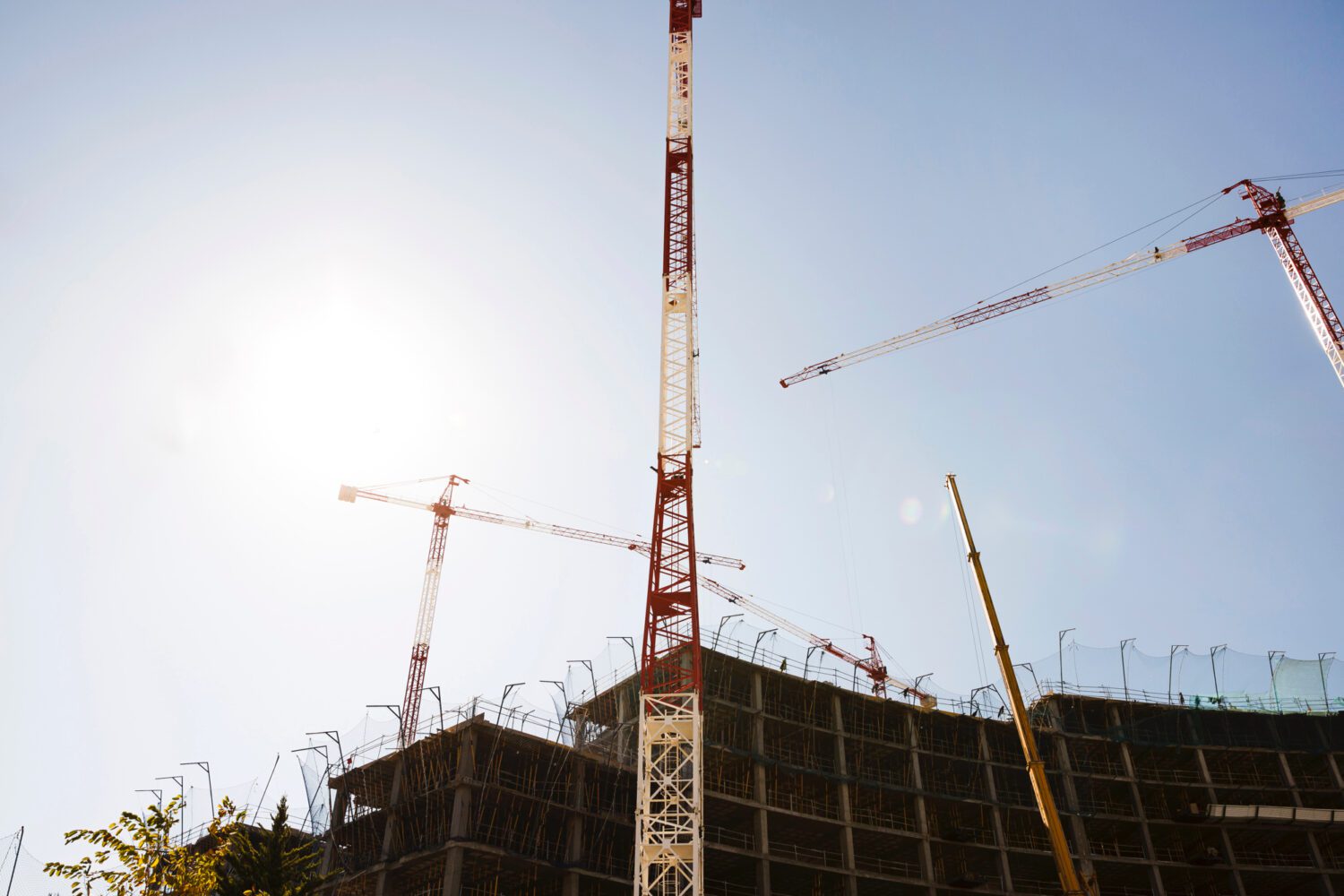Contractor insolvency is an issue which the construction industry continues to face, making it a significant concern for property developers.
It’s no secret that contractor insolvencies are on the rise, with thousands of cases reported in 2023. This reality underscores the need for robust risk management strategies to protect projects from delays, cost overruns, and potential legal challenges. Here, we outline actionable insights to help developers navigate and mitigate the risks associated with contractor insolvency and insolvency protection warranties.
Key Risks of Contractor Insolvency
Contractor insolvency poses numerous risks to property developers, including:
Project Delays
Stalled work can derail timelines and revenue forecasts.
Cost Overruns
Additional expenses for re-tendering and completion contracts.
Legal Disputes
Potential litigation with stakeholders and subcontractors.
Site Vulnerabilities
Risk of theft, vandalism, or environmental damage to partially completed works.
Insurance Gaps
Challenges in maintaining adequate coverage for ongoing and completed work, particularly without insolvency protection insurance.

Practical steps to reduce the risk of contractor insolvency
Here’s how developers can prepare for and handle contractor insolvency:
Pre-Contract Due Diligence
- Supplier Evaluation: Conduct thorough assessments of potential contractors, including credit checks, references, and reviews of payment histories.
- Risk Assessment: Identify and evaluate risks tied to the supply chain, particularly for critical materials or proprietary systems.
Contract Structuring: Ensure contracts include provisions for step-in rights, performance bonds, and collateral warranties to safeguard against insolvency.
Insurance and Financial Safeguards
- Performance Bonds: Secure bonds to cover losses if a contractor fails to complete their obligations.
- Owner-Controlled Insurance: Opt for policies that provide asset protection and defect coverage.
- Latent Defect Insurance: Protect against structural defects post-completion. Organise the policy in your name, as the developer, ensuring full control over defect reporting.
Project Monitoring
- Payment Structures: Implement stage payments or monthly valuations to maintain control over cash flow.
- Supply Chain Engagement: Monitor subcontractor performance and financial health regularly.
Immediate Actions Following Contractor Insolvency
If your contractor becomes insolvent, acting quickly and strategically is key:
Securing the Site
- Lock down the site with new security measures.
- Audit and document all materials, equipment, and temporary works.
Contractual Compliance
- Review the building contract to ensure proper termination procedures are followed.
- Evaluate rights to use contractor-owned plant and machinery.
Stakeholder Communication
- Inform funders, insurers, and regulatory bodies about the insolvency.
- Update stakeholders on revised timelines and cost implications.
Supply Chain Management
- Engage with subcontractors and suppliers to negotiate new agreements.
- Assess existing collateral warranties and consider standalone completion contracts.
Insurance Review
- Ensure continuity of coverage for the site and partially completed works.
- Collaborate with insurance specialists to address liability and defect protection needs.
- Contact the current latent defect insurer to alert them of the insolvency and provide details of the new contractor, if required. It may be necessary to cover the 2-year defects liability period under a new entity.
Our conclusion
Contractor insolvency is a challenging but manageable risk for property developers. By implementing robust pre-contract strategies, maintaining vigilant project oversight, and preparing for contingencies, developers can protect their investments and ensure project continuity. For tailored advice and insurance solutions, consult with specialists who understand the unique risks of the construction sector, including latent defects insurance, get in touch via our contact form or call 020 3096 0718
About the Author

Matthew Blackhall
Senior Advisor
Matt joins J3 having developed an impressive network of property professionals since moving to London. His experience centres around supporting SME housebuilders and housing associations in arranging and placing structural warranty insurance. His commitment and track record of securing the best possible outcome has been his professional trademark which underpins his successful client relationships. Matt was raised in Leeds, and studied in Newcastle before moving to the capital.





